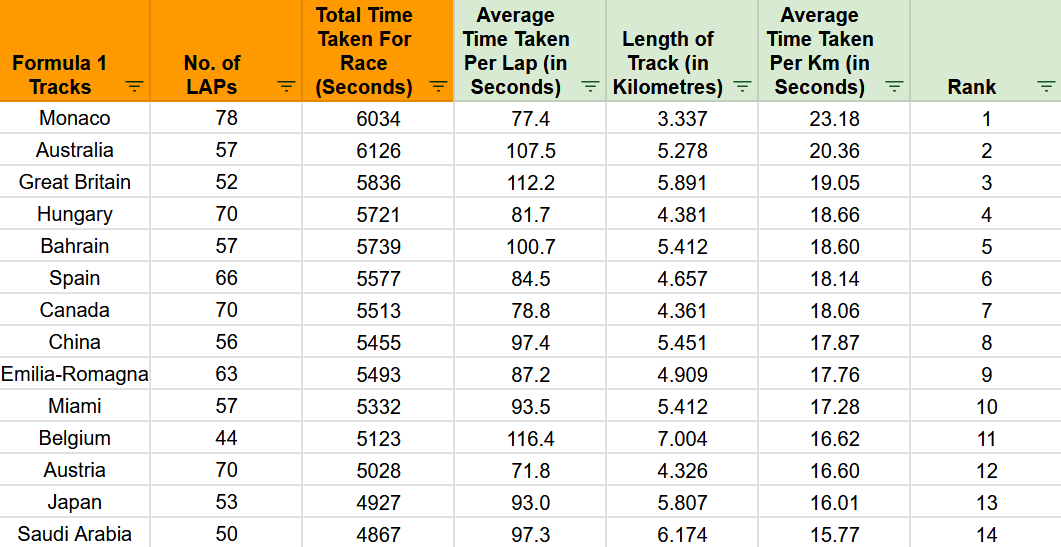![Race track representation image [Photo by <a href="https://unsplash.com/@wyattsimpson98?utm_content=creditCopyText&utm_medium=referral&utm_source=unsplash">Wyatt Simpson</a> on <a href="https://unsplash.com/photos/formula-one-race-cars-navigate-a-tight-track-gUtBDHvG_Pk?utm_content=creditCopyText&utm_medium=referral&utm_source=unsplash">Unsplash</a>]](http://sportsbytes.com.ph/wp-content/uploads/2025/08/wyatt-simpson-gUtBDHvG_Pk-unsplash-scaled.jpg)
Monaco has officially been named the toughest among Formula 1 tracks 2025, based on a new study that measured drivers’ average seconds per kilometer. Despite its glamour, the Monaco Grand Prix forces drivers to battle with tight corners and unforgiving barriers, ranking first with 23.18 seconds per kilometer.
Australia followed closely in second, with Albert Park averaging 20.36 seconds per kilometer, while the historic Silverstone Circuit in Great Britain ranked third at 19.05 seconds per kilometer.
Drivers face unique challenges at slow F1 circuits
The analysis, conducted by iGaming specialist Martynas Norvilas, reviewed race winners’ performances across the 2025 season until August 3. Using the “seconds per kilometer” metric, it identified which Formula 1 tracks were the slowest and most demanding.
Monaco stood out with its 3.337 km street circuit and 78 laps, producing a winner’s total race time of 6,034 seconds. Australia’s Albert Park posed a balance of speed, tyre management, and fuel control over 57 laps, while Silverstone challenged drivers with high-speed corners across its 5.891 km track.

Full ranking of the toughest Formula 1 tracks
Hungary ranked fourth at 18.66 seconds per kilometer, followed by Bahrain at 18.60. Spain (18.14), Canada (18.06), China (17.87), Emilia-Romagna (17.76), and Miami (17.28) rounded out the top 10.
Norvilas emphasized that slower circuits often demand the most skill, both from teams and drivers. “The slower the track, the more crucial it becomes for constructors to build adaptable cars, and for drivers to execute every corner perfectly,” he explained.
The study highlights how Formula 1 tracks 2025 are testing both technical setups and race-day strategies, making this season a true showcase of precision racing.


![Formula 1 drivers and team principals will meet fans during special forums across the weekend [photo credit: Singapore Grand Prix]](https://sportsbytes.com.ph/wp-content/uploads/2025/07/F1-cars-taking-on-Turn-1-scaled.jpg)
![Singapore joins five other circuits selected to stage a Sprint race next season. [photo credit: Singapore GP Pte Ltd]](https://sportsbytes.com.ph/wp-content/uploads/2025/09/Kevin-Magnussen-leaves-the-garage-ahead-of-Yuki-Tsunoda-scaled.jpg)